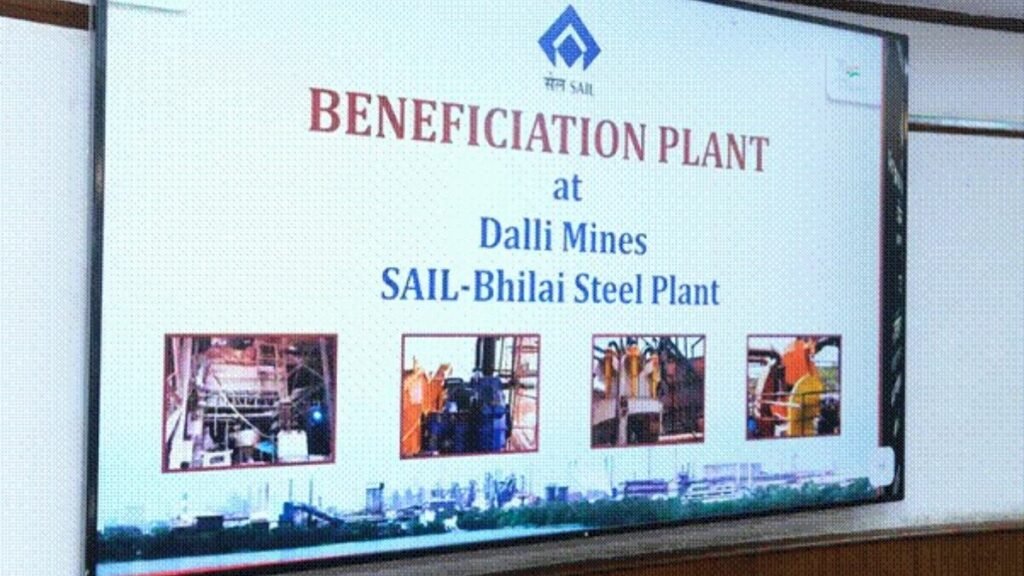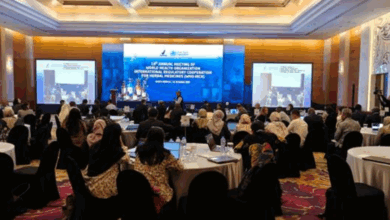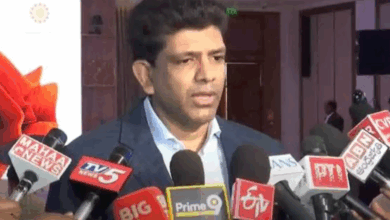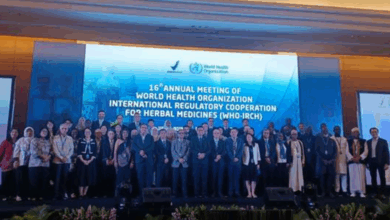Minister of Steel inaugurates Silica Reduction Plant Project at SAIL-Bhilai Steel Plant’s Dalli Mines
SAIL to play prominent role in the journey of India from Amrit Kaal to Shatabdi Kaal: Sh. Jyotiraditya Scindia

Union Minister for Steel and Civil Aviation, Shri Jyotiraditya M. Scindia, virtually inaugurated the Silica Reduction Plant at Steel Authority of India Limited’s (SAIL) Bhilai Steel Plant’s Dalli Mines, from New Delhi, today.
The inauguration also witnessed the presence of the Union Minister of State for Steel Sh. Faggan Singh Kulaste, Member of Parliament from Kanker (Chhattisgarh) Sh. Mohan Mandavi, Secretary, Ministry of Steel Sh. Nagendra Nath Sinha, Chairman, Steel Authority of India Limited (SAIL) Sh. Amarendu Prakash and other officials of the Steel Ministry and SAIL.
Union Minister Sh. Jyotiraditya Scindia, started his inaugural address, by highlighting the Indian steel industry’s prowess and how India has emerged as the economic superpower at the global level. The Minister mentioned that the steel sector has played a prominent role in the growth story of India through employment generation and providing foundational infrastructure
“According to the National Steel Policy (NSP) 2017, under the guidance of the honourable Prime Minister, we are moving forward to achieve the target of 300 MT crude steel production by 2030.”, the minister said. India ranks second in the world in the field of steel production and overtook Japan as the world’s 2nd largest producer in 2018. India also ranks 1st in the world in sponge iron production and its crude steel capacity has also increased from 110 MT to 160 MT in the last 9 years, marking a growth of 46%.
The minister also said that the government is working fast on the infrastructure, due to which the consumption has increased from 77 MT to 120 MT and per capita steel consumption, which was 60 kg in 2014 has now reached 87 kg, recording an increase of 50 per cent. In line with the vision of Aatmanirbharta, India has now emerged as a net exporter of Steel from being a net importer, 9 years back.
The Minister said that the Steel sector has emerged as a new force within the country and the Steel Authority of India Limited, has played an important role in this. “SAIL will be having a prominent role in the journey of India from Amrit Kaal to Shatabdi Kaal”. While inaugurating the plant, he said that it is the only steel plant in the world with the capability to produce the world’s longest single rail of 130 metres. “Presently the plant has a capacity to produce 6 MT crude steel per annum and plans are afoot to increase its capacity to 6.8 MT in the near future”, he added.
From its inception till the present (64 years), Bhilai Plant has been mainly dependent on Dalli-Rajhara Iron Ore Mines for its input feedstock. The situation is that more than 80% of the reserves of these mines have been used so far and the percentage of silica in the remaining reserves is about 8.5-10% which is very high and the ferrous content is less than 55%, which was affecting the productivity of blast furnaces and increasing the consumption of coke.

The minister, in this regard, said that Bhilai Plant will require about 13.5 MT of good quality iron ore annually and till the Rowghat mine becomes fully operational, it will be supplied from the Dalli Rajhara group of mines. Therefore, a need was felt to improve the quality of the input material from the Dalli Rajhara group of mines.
Sh. Jyotiraditya Scindia said that the already installed CSW (Crushing, Screening and Washing) is not very effective for beneficiation of currently produced low-grade iron ore and therefore after a research and pilot project study, it was decided to upgrade the plant with the latest technology at a cost of about ₹148.82 crore. This will ensure that the low-grade iron ore which has 55-59% ferrous content, will now be beneficiated and its ferrous content would increase to 62-64%, suitable for sinter plants, thereby enhancing the quality of iron ore fines by 3% and reducing the silica content by 2%.
SAIL’s CAPEX Plan (upto 2030)
The Minister said that SAIL has drawn up its expansion plan to increase its capacity from the current 19.5 MT to 35.24 MT in the coming 7-8 years. After a long gap, SAIL has started working on the implementation of its biggest-ever capital expansion plan of about ₹1.1 lakh crore, out of which about ₹11000 crores will be spent on augmenting existing facilities (brownfield) and about ₹1 lakh crore will be spent on green field expansion.
“Apart from this, ancillary facilities like Oxygen Plant, Pellet Plant, and Ore Beneficiation units will also be set up on BOO (Built Operate Own)/COM (Construct Operate Maintain) model. Mines as well as upstream and downstream ancillaries will also be mechanized and modernized with the latest technology as part of this proposed expansion plan of SAIL”, he added.
The Union Minister said that the investment made in the steel sector has an employment multiplier effect of 6.8 times and an output multiplier effect of 1.4 times which will lead to the creation of jobs and businesses in these sectors, thereby playing a leading role in the overall development of the country.
While highlighting the important role played by SAIL in infrastructure development, he mentioned important projects such as Bhupen Hazarika Bridge (Assam), Atal Tunnel (Himachal Pradesh), Central Vista (New Delhi) and INS Vikrant (Aircraft carrier), in which the steel provided by SAIL has been used.
Disclaimer: This is an official press release by Pib.








